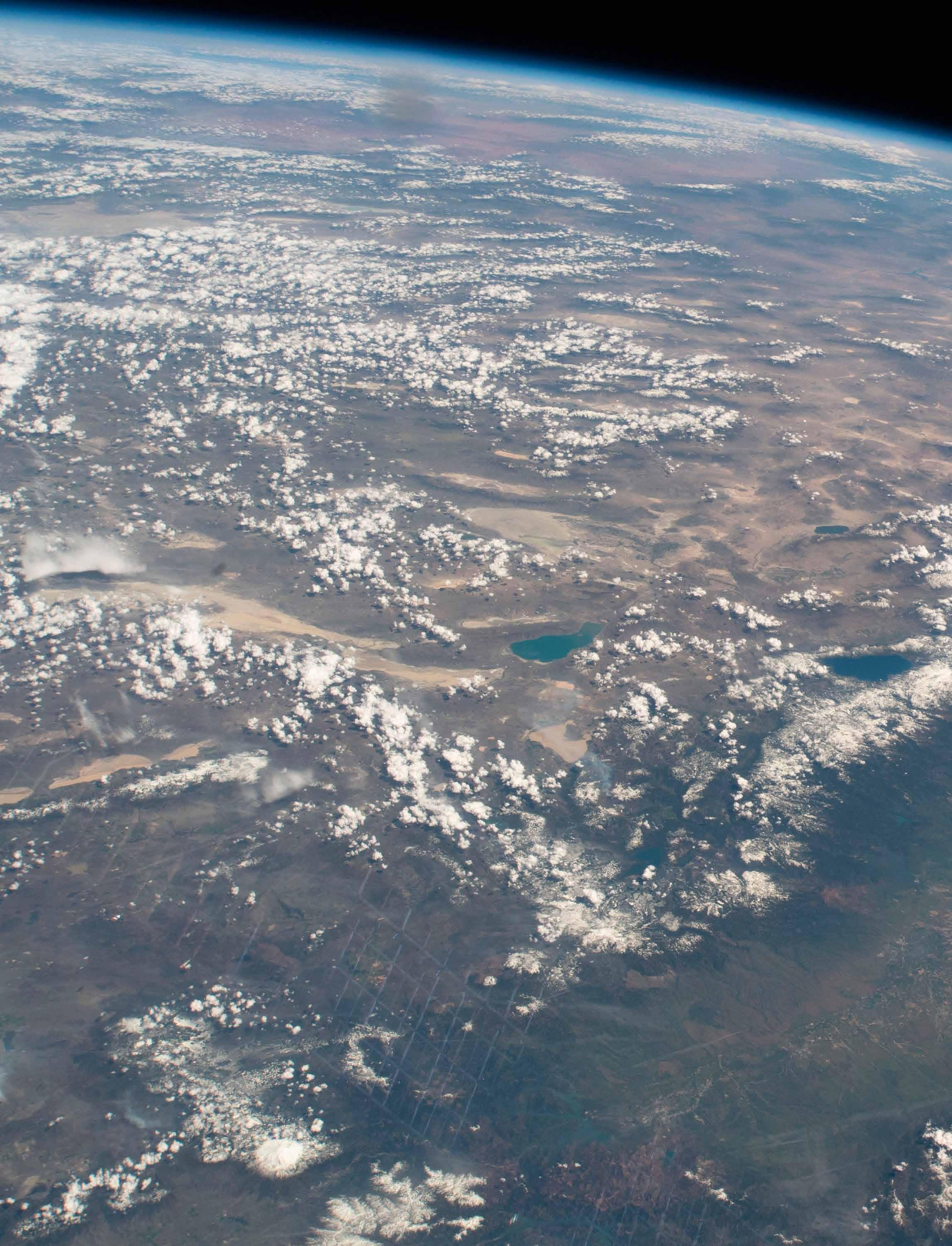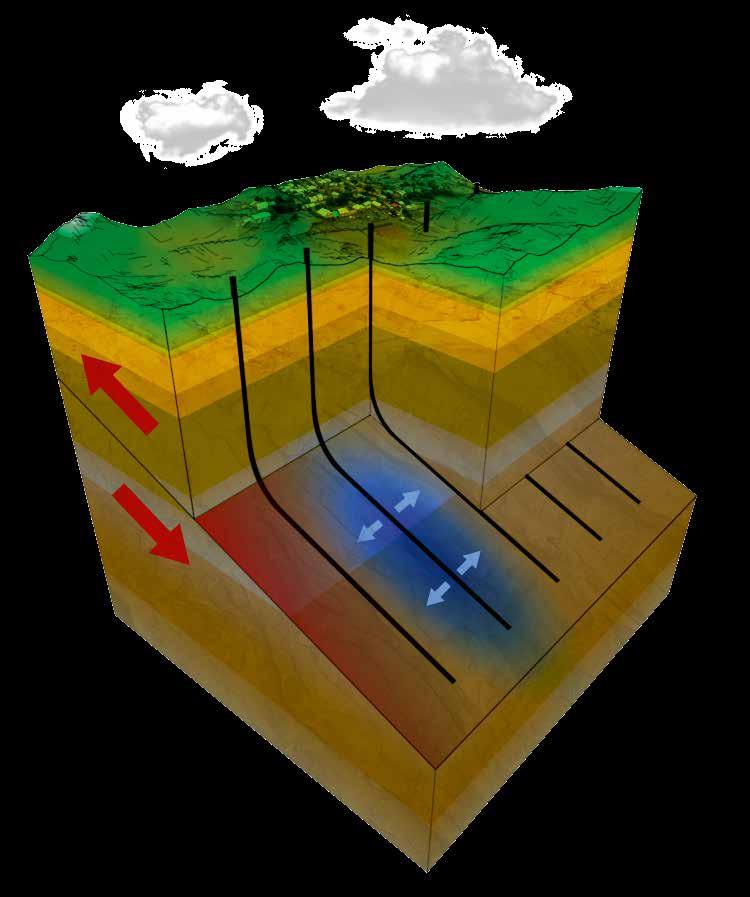
4 minute read
CoQuake
A seismic shift to earthquake control?
Earthquakes are among the most devastating of natural disasters, in severe cases causing fatalities and enormous damage to human infrastructure. Researchers in the CoQuake project are investigating whether it is possible to control earthquakes, which could also help prevent instabilities arising from geo-thermal projects, as Professor Ioannis Stefanou explains.
An earthquake leads to the sudden release of energy from the earth’s crust, which in serious cases causes fatalities and significant infrastructure damage. If this energy could be released over a longer period of time then the impact would be greatly reduced, a topic central to the work of the CoQuake project. “We want to explore if it is possible to avoid this abrupt slip, this sudden sliding in the level of a fault, and instead make it slide more slowly,” explains Professor Ioannis Stefanou, the project’s Principal Investigator. This research centres on developing mathematical and numerical models, based on the mathematical theory of control. “The inverse pendulum is a classical example, it is always in a state of high instability,” outlines Professor Stefanou. “With control theory, you can find a way to move the base of the pendulum in order to stabilise the system.”
COQUAKE
Controlling earthQuakes This research project focuses on a novel approach for avoiding catastrophic earthquakes by inducing them at a lower energetic level. Earthquakes is a natural phenomenon that we cannot avoid. CoQuake aims at controlling it.
Project Funding
This project is funded by the European Research Council (ERC) under the European Union Horizon 2020 research and innovation program (Grant agreement 757848 CoQuake). Professor Ioannis Stefanou Ecole Centrale de Nantes (ECN) 1 Rue de la Noë, 44300, Nantes, France T: +33 (0) 2 40 37 25 67 E: ioannis.stefanou@ec-nantes.fr W: http://coquake.eu
Ioannis Stefanou is Professor at Ecole Centrale de Nantes, before which he held positions at institutions in both France and Greece. His main research interests lie in geo-mechanics, bifurcation theory and instabilities, and multi-scale modelling. He has played a major role in several international research projects.
CoQuake project
The same theory is now being applied in the CoQuake project to investigate the possibility of effectively controlling earthquakes. Professor Stefanou and his team are using analogues of an earthquake to gain deeper insights. “The simplest analogue for an earthquake is a spring and a block, which you slide on a frictional surface. We change the frictional properties, and so instead of having this abrupt sliding, we ensure that the block slides at a constant velocity,” he says. Another analogue that is currently being investigated involves using printed rocks with specific properties. “We have a triplet test, where we push the part in the middle. Then we inject fluids, and try to adjust the pressure of the fluids in order to make the middle block slide at a constant velocity,” continues Professor Stefanou.
A seismic fault behaving in a similar way would cause less damage than if it were to slip abruptly, as the seismic energy would be released in a more gradual manner. The amount of seismic energy released by an earthquake is proportional to the amount of sudden slip that occurs at the level of a fault, another important consideration in Professor Stefanou’s research. “Seismologists use a measure called the seismic moment to calculate the size of an earthquake. This is equal to the shear modulus – the elasticity of the surrounding rocks – times the area of the fault, times the amount of slip,” he outlines. Part of the project’s research is focused on the frictional properties of the faults. “We are building micro-mechanical models that take into account the thermo-hydro-chemomechanical couplings that happen at the level of the fault when sliding occurs,” says Professor Stefanou.
The second key outcome from the project relates to the question of whether earthquake instability can be controlled by different stimulation methods. One method involves injecting fluids, while Professor Stefanou also plans to investigate some other ideas. “We will explore stimulating techniques that can allow us to change the local equilibrium in a controlled manner,” he says. This research is primarily concerned with natural earthquakes, yet some human activities can also cause disruption below the earth’s surface, and there is a lot of interest in controlling this more effectively.
“For example, in a geo-thermal project at a depth of 4-5 kilometres, you may inject fluid from one side to get hot water from another. So we benefit from the temperature potential of the earth, to create energy,” explains Professor Stefanou.
This however can lead to what is called induced or triggered seismicity. The project’s thermal or CO 2 sequestration projects to
research could help those running geoavoid this in future, while the oil industry could also benefit from their results. “The outcome will be to see if we can inject fluids in a controlled manner, in order to avoid these earthquake instabilities,” says Professor Stefanou.

In CoQuake, fluid injections are seen from another perspective. Instead of triggering earthquakes, we use them as a backdoor for slowing down the earthquake phenomenon.










